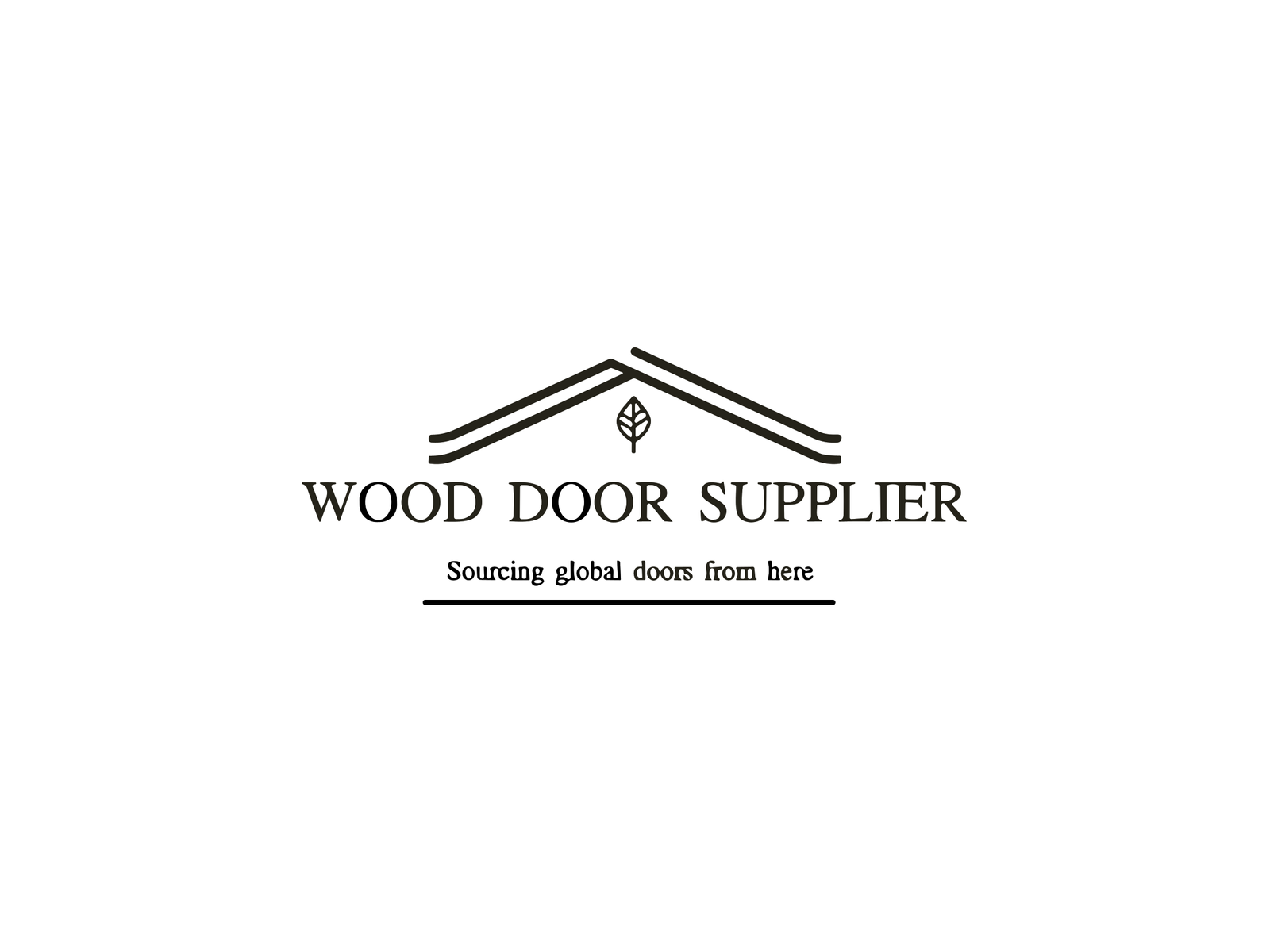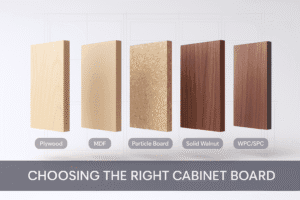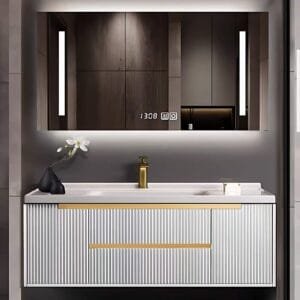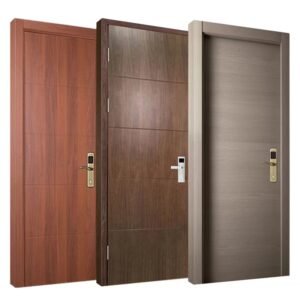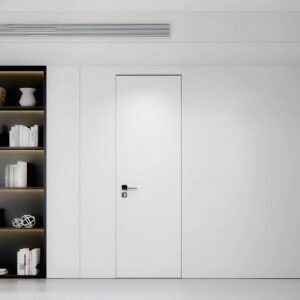When it comes to choosing interior bedroom doors, it can be a daunting task to navigate the vast array of options available on the market. From solid wood doors to composite doors, wood plastic doors to molded doors, and more, the differences can be quite bewildering. This article aims to provide an in-depth analysis of the various aspects of wooden doors (Puertas de madera/درب های چوبی), helping you understand the disparities in pricing and assisting you in making the right choice.

As our customer base includes national furniture and building materials importers, dealers, distributors, real estate and construction developers, contractors, and furniture and service traders, we’ll tailor this article to meet your specific needs and preferences.
Types of Bedroom Doors
Currently, the market is flooded with a variety of bedroom doors, each with its unique characteristics. Here’s a breakdown of the most common types:

- Solid Wood Doors: These doors are crafted entirely from natural wood, offering superior durability, heat insulation, sound insulation, and environmental friendliness. However, they can be quite expensive.

- Solid Wood Composite Doors: Solid wood composite doors are among the best-selling and most commonly used doors. They are made by combining a solid wood frame with a filler and composite panel. The differences between them lie in their core filling, which can be categorized as solid wood square filling, bridge mechanics filling, and honeycomb paper filling.

- Solid Wood Square Filling: This filling material can be filled or half-filled and is made from materials such as ash, oak, cedar, pine, and miscellaneous wood. Fulfilling is preferred for its better stability while using the same material as the filler is recommended due to consistent dehydration properties.

- Bridge Mechanics Filling: It offers sound insulation, good thermal insulation, and stability. However, it’s essential to be cautious about particle board filling, which may not meet high environmental standards.

- Honeycomb Paper Filling: Although affordable, this type of filling lacks sound insulation, load-bearing capacity, durability, and long-term performance. It’s mainly found in lower-quality doors.
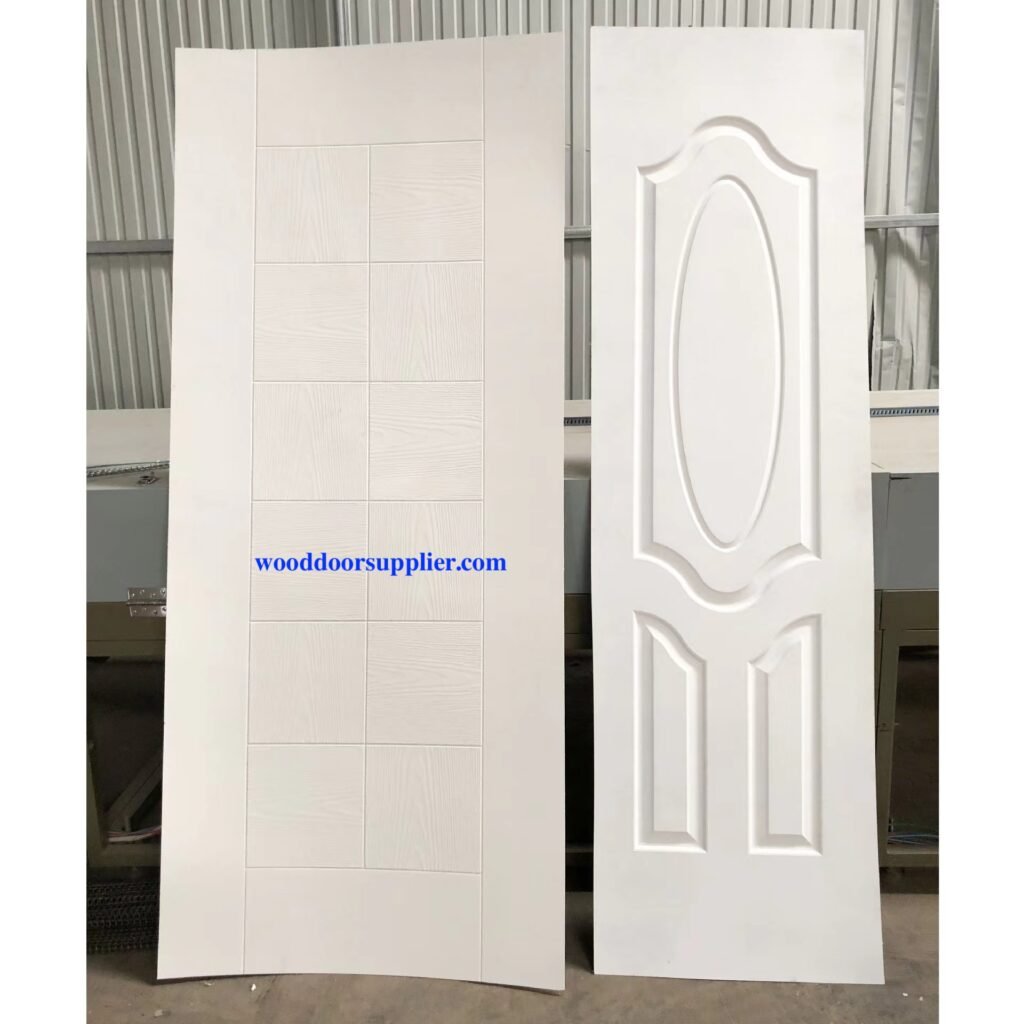
- One-Piece Molding Door: These doors are constructed from a single piece of material, offering unique advantages and disadvantages.
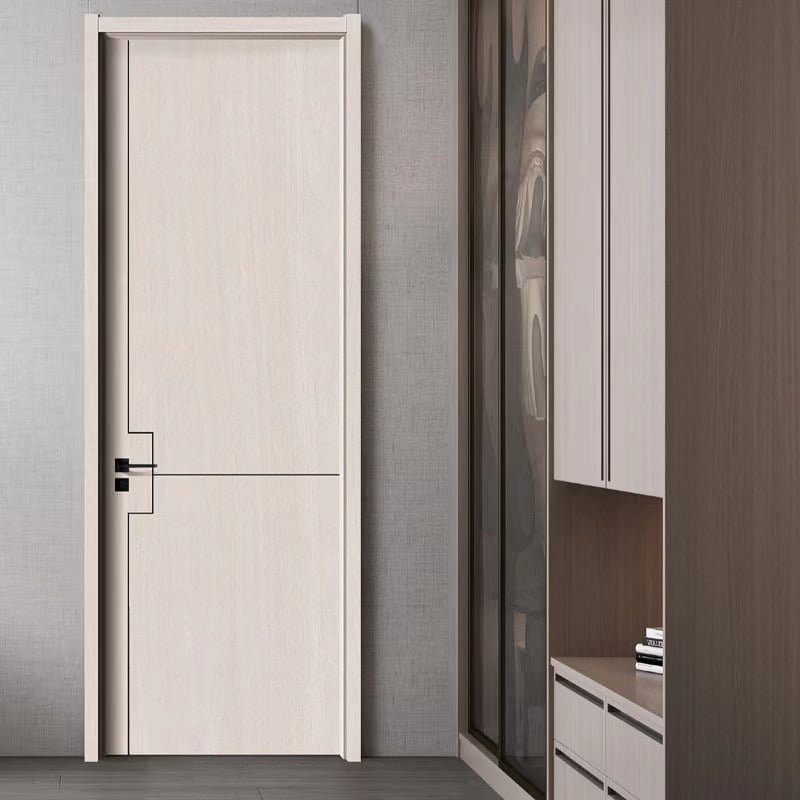
- Panel Thickness: Different doors feature varying panel thicknesses. Low-end doors often have thin panels (3 mm, 5 mm, or 6 mm), while higher-quality options utilize 8 mm medium fiber density boards for enhanced sound insulation, durability, and plasticity.

- Surface Paint Process: The type of paint process used greatly affects the price and quality of wooden doors. Options range from paint-free doors, baking paint doors, spray paint doors, clear throttle doors, and mixed throttle doors, to carbon crystal doors. Each has its own set of advantages and disadvantages, which should be considered based on your specific needs.

- Wood Plastic Composite Doors (WPC Doors): These doors are made from a blend of wood flour and polymer PVC resin, offering benefits such as waterproofing, moisture resistance, moth-proofing, flame retardant, and eco-friendliness.
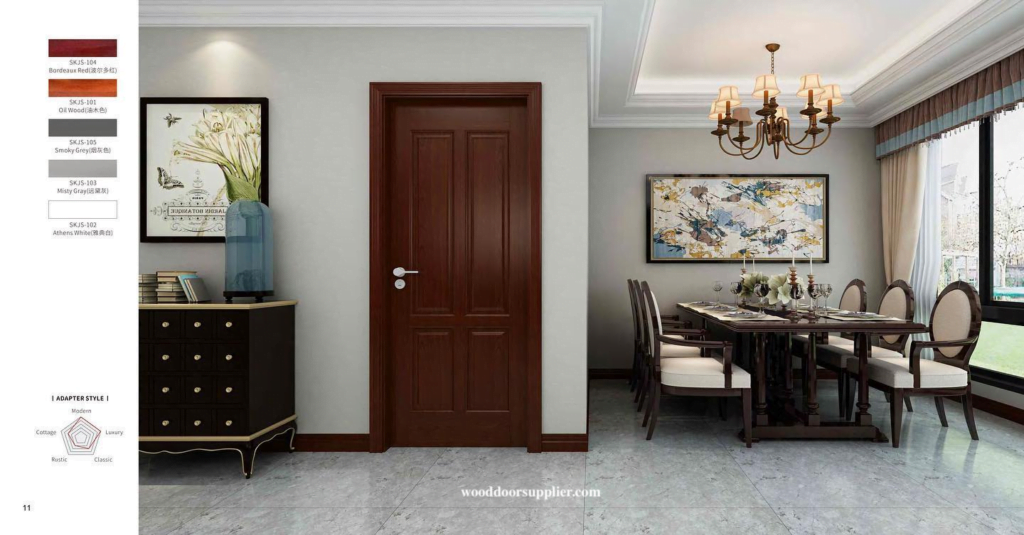
Solid Wood Doors
Solid wooden doors (أبواب خشبية) are synonymous with quality and authenticity. They are constructed from natural wood, with a meticulous process involving drying, planing, mortise and tenon joints, eyeleting, assembly, sanding, and painting. The advantages include corrosion resistance, heat insulation, sound insulation, and environmental friendliness. However, they can be expensive and may not offer the best flame retardant.
Unscrupulous Business Practices
To ensure that you’re getting what you pay for, it’s essential to be aware of some common unscrupulous practices in the industry. These include:
- Substituting Door Cover Material: Some businesses may use lower-quality materials for door covers, affecting durability and appearance.
- Low Pricing with Hidden Costs: Attracting customers with low prices and later charging for essential hardware accessories can be a common practice.
- Reducing Allocation: Reducing the number of hinges can lead to issues with load-bearing capacity and door durability.
- Misleading on Door Height: Offering standard sizes and then charging extra for slightly taller doors can lead to unexpected expenses.
- Filling Material Quality: Be cautious about doors with less than 60% wood filling, as they may lack stability and durability.
- Differences in Paint Process: Differences in paint processes can result in varying price ranges. It’s essential to understand the type of paint used in your doors.

Why Choose Wood Door Supplier?
Wood Door Supplier is China’s leading supplier and manufacturer of wooden doors (Eine holztür/taxta qapılar/Pintu kayu/Usi din lemn/ahşap kapılar) and cabinets for export. We take pride in offering a wide range of wooden doors and cabinets, each with unique styles, high quality, and competitive prices. Our advantages include:
- Diversified Styles: We offer a wide range of door styles to meet your specific requirements and preferences.
- High Quality: We prioritize the quality of our products, ensuring that they meet international standards.
- Competitive Prices: While we offer top-quality products, our pricing remains highly competitive.
In conclusion, when choosing interior bedroom doors, it’s essential to consider the type of door, core filling, panel thickness, surface paint process, and overall quality. By being aware of common industry practices and choosing a reputable supplier like Wood Door Supplier, you can make an informed decision that fits your needs and budget.
Contact us today to explore our wide range of wooden doors and cabinets that combine style, quality, and affordability. Make the right choice with the one of leading china’s WoodDoorSupplier.com.
